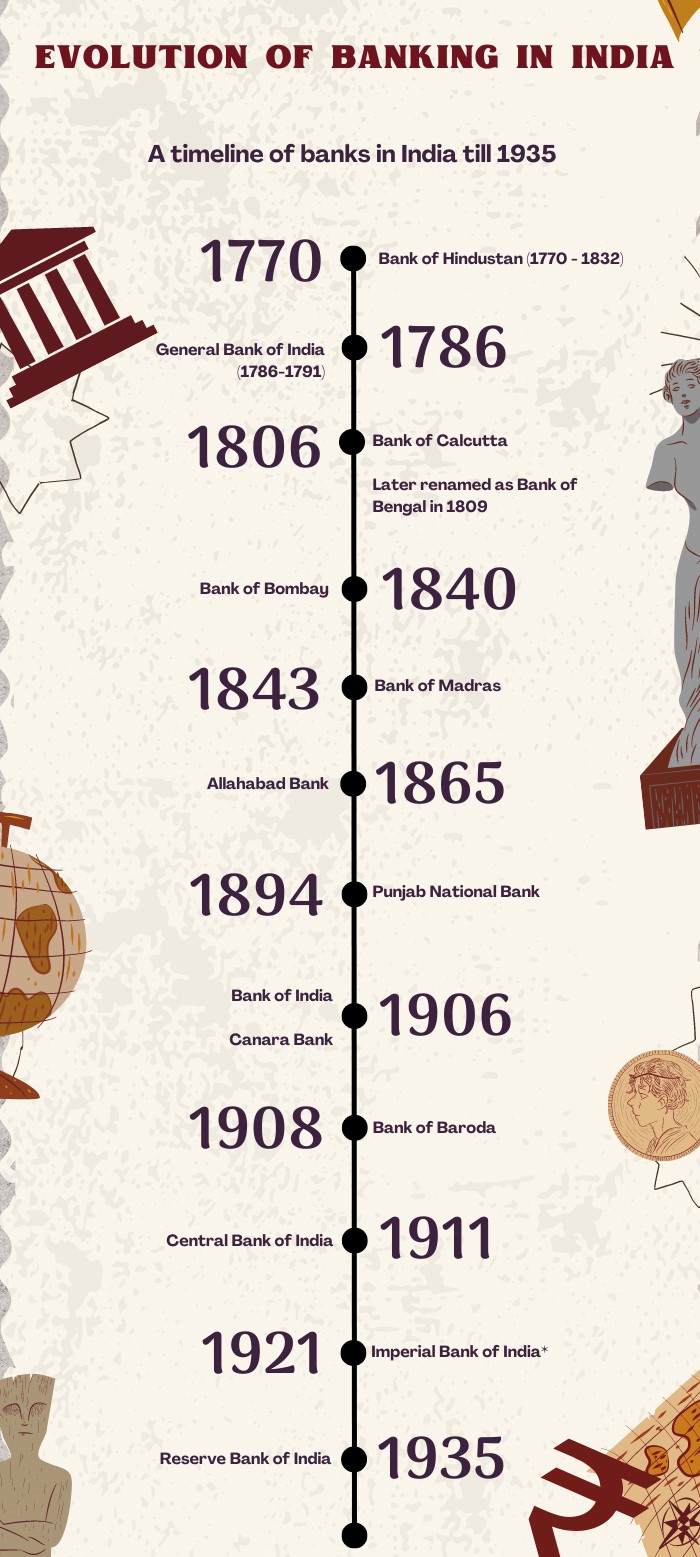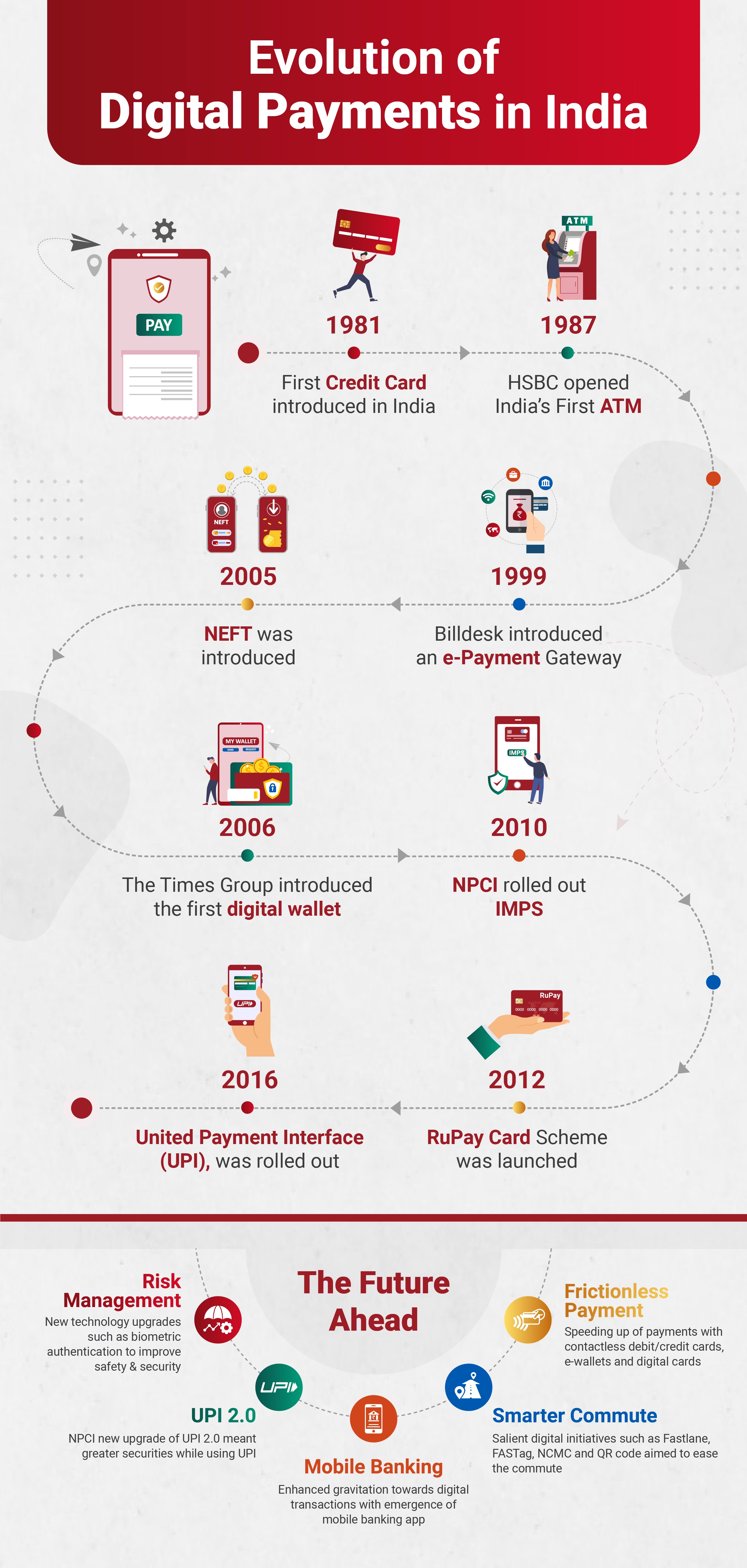The Indian banking system has entered a phase of relative stability and strength. As per the Reserve Bank of India’s (RBI) Financial Stability Report (FSR) of July 2025, the sector has demonstrated notable improvement in asset quality, capital adequacy, and provisioning standards. However, this overall financial robustness coexists with emerging challenges, particularly in the domain of household indebtedness and retail unsecured lending. Additionally, credit growth has decelerated in recent months, raising questions about the evolving credit appetite, the role of regulatory actions, and structural shifts in credit origination..
Macroeconomic Health of the Banking Sector:
The RBI’s latest data presents a positive picture of the Indian banking sector’s core stability indicators:
· The Gross Non-Performing Assets (GNPA) ratio declined to a multi-decadal low of 2.3% as of March 2025, from 2.8% a year earlier.
· The Capital to Risk-Weighted Assets Ratio (CRAR) improved to 17.3%, well above the regulatory minimum, indicating sound capital adequacy.
· The Provision Coverage Ratio (PCR) stood at 76.3%, reflecting prudent provisioning and improved balance sheet resilience.
Routine stress tests conducted by the central bank suggest that Indian banks, including those with higher exposure to risk-prone segments, are unlikely to breach regulatory capital thresholds even under adverse economic scenarios involving global financial volatility or geopolitical disruptions.
Household Indebtedness:
A key area of concern highlighted in the FSR is the sustained increase in household debt:
· Household debt as a percentage of GDP has risen from 36.6% in June 2021 to 42.9% in June 2024, with a marginal decline to 41.9% in December 2024.
· This is significantly above the pre-pandemic average of 33% (2015–2019).
The composition of household debt has also shifted. A growing share is now directed toward consumption-driven credit, rather than asset-generating investment:
· Non-housing retail loans account for 54.9% of total household debt and represent 25.7% of household disposable income.
Within this segment, unsecured loans, which lack collateral backing, now form 25% of total retail credit, making them particularly vulnerable to repayment stress. Recent trends indicate:
· A rise in slippages (i.e., new defaults) in unsecured personal loans.
· Private sector banks are witnessing higher delinquency rates compared to their public sector counterparts.
· The microfinance sector is experiencing early stress signals, with 31–180 days past due loans increasing to 6.2%.
These developments necessitate continuous monitoring due to their potential to spill over into broader macro-financial instability, especially if income or employment conditions weaken.
Changing Nature of Household Savings:
A notable structural shift is underway in household financial behaviour, with greater diversification of savings:
· The share of equities in household savings doubled from 2.5% in FY20 to 5.1% in FY24.
· While this remains lower than China’s 9%, it reflects rising risk appetite and financialisation.
This trend has implications for the deposit base of banks, which historically relied on household deposits to fund credit expansion. A sustained shift towards market-linked instruments may pose challenges to traditional deposit mobilisation in the long run.
Trends in Credit Growth and Regulatory Impact:
Despite the underlying health of banks, credit growth—a proxy for investment sentiment and economic activity—has moderated:
· As of the fortnight ending June 27, 2025, credit growth stood at 9.5%, down from 17.4% a year ago.
· This deceleration has been visible since May 2024, driven by regulatory and structural factors.
Key Drivers of Credit Deceleration:
1. Regulatory Tightening on Risky Lending
o In late 2023, the RBI raised risk weights on certain consumer credit segments and NBFC lending, with the aim of curbing excesses.
o The impact has been sharp:
§ Unsecured retail loan growth fell from 28.3% (March 2023) to 7.9% (March 2025).
§ Credit to NBFCs, which constitutes a large portion of services credit, declined to 5.7% in March 2025, and turned negative (-0.3%) in May 2025.
2. Weak Transmission of Monetary Policy
o A low share of floating rate loans, particularly in private sector banks, has hampered effective monetary transmission.
§ Private banks: 54.7% of retail portfolio linked to external benchmarks.
§ Public sector banks: 59.8%.
3. Rebalancing of Credit Origination
o Public sector banks (PSBs) are increasingly dominating incremental credit:
§ PSBs’ credit growth in FY25: 12.2%.
§ Private banks’ credit growth: 9.5%, the slowest since FY21.
§ PSBs now account for 56.9% of incremental credit in FY25, compared to just 20% in FY18.
This structural rebalancing reflects the efficacy of the government’s four-pronged banking sector strategy: Recognition, Resolution, Recapitalisation, and Reform.
The MSME Credit Turnaround:
One of the most important transformations in the current credit cycle has been the revival of credit to Micro, Small and Medium Enterprises (MSMEs):
· MSME NPAs have declined sharply from 10.8% in March 2021 to 3.6% in March 2025.
· MSME credit growth stood at 18% in May 2025, compared to low single-digit growth during 2011–2013.
Enablers of MSME Credit Revival:
· Improved balance sheets and reduced serious delinquencies (90–120 DPD) to 1.8%, a five-year low.
· Expansion of credit eligibility under the revised MSME definition, which raised investment and turnover thresholds.
· Widespread URN-based formalisation, enhancing data transparency and creditworthiness.
· Improved access to Trade Receivables Discounting System (TReDS) with a reduced threshold (from Rs 500 crore to Rs 250 crore).
· Digital reforms in the MSME Samadhaan portal for faster settlement of receivables.
· Enhanced guarantee cover schemes to unblock working capital.
These developments highlight the deepening financial inclusion of productive small businesses and indicate a favourable policy and credit environment for MSME-led industrial growth.
Diversification of Credit Channels:
India’s credit ecosystem is witnessing a broadening of funding sources beyond traditional bank lending:
· Private credit markets are expanding with participation from global financial players and structured products.
· Corporates are increasingly accessing off-bank sources such as:
o Commercial papers (CPs)
o External commercial borrowings (ECBs)
o Bond markets and equity markets
This diversification is aimed at optimising capital structure and reducing dependence on bank finance.
Corporate Sector Deleveraging and Liquidity Trends:
In parallel with shifts in credit patterns, India Inc. has undertaken significant deleveraging while enhancing liquidity buffers:
· Cash and bank balances of non-BFSI corporates increased by 18–19% over FY24 and FY25, reaching approximately Rs 13.5 lakh crore.
· Sectors such as IT, automobiles, refineries, pharmaceuticals, and power have led this trend.
· Strong internal accruals suggest that future capital expenditure (capex) could be increasingly financed through retained earnings, rather than fresh debt.
Conclusion
India’s banking system today stands at a critical juncture—on the one hand, it is stronger and better capitalised than at any point in recent decades; on the other, structural shifts in household debt, retail credit quality, and credit origination patterns demand continued regulatory vigilance.
The resilience of public sector banks, the revival of MSME lending, and the rise of diversified credit channels signal deeper financial system maturity. However, rising unsecured borrowing, elevated household leverage, and slowing credit momentum warrant careful policy calibration.
Going forward, sustaining credit-led economic growth will require:
· Enhancing transparency in new credit markets,
· Ensuring prudent household borrowing,
· Maintaining robust regulatory oversight of retail and NBFC segments, and
· Encouraging long-term capital formation through formal financial channels.
As India’s economy becomes more complex and interconnected with global capital markets, the next phase of financial stability will depend on the system’s ability to manage both resilience and innovation.
| Main question: What role do fintech platforms and digital lending systems play in reshaping credit delivery in India? What regulatory safeguards are needed in this space? |









